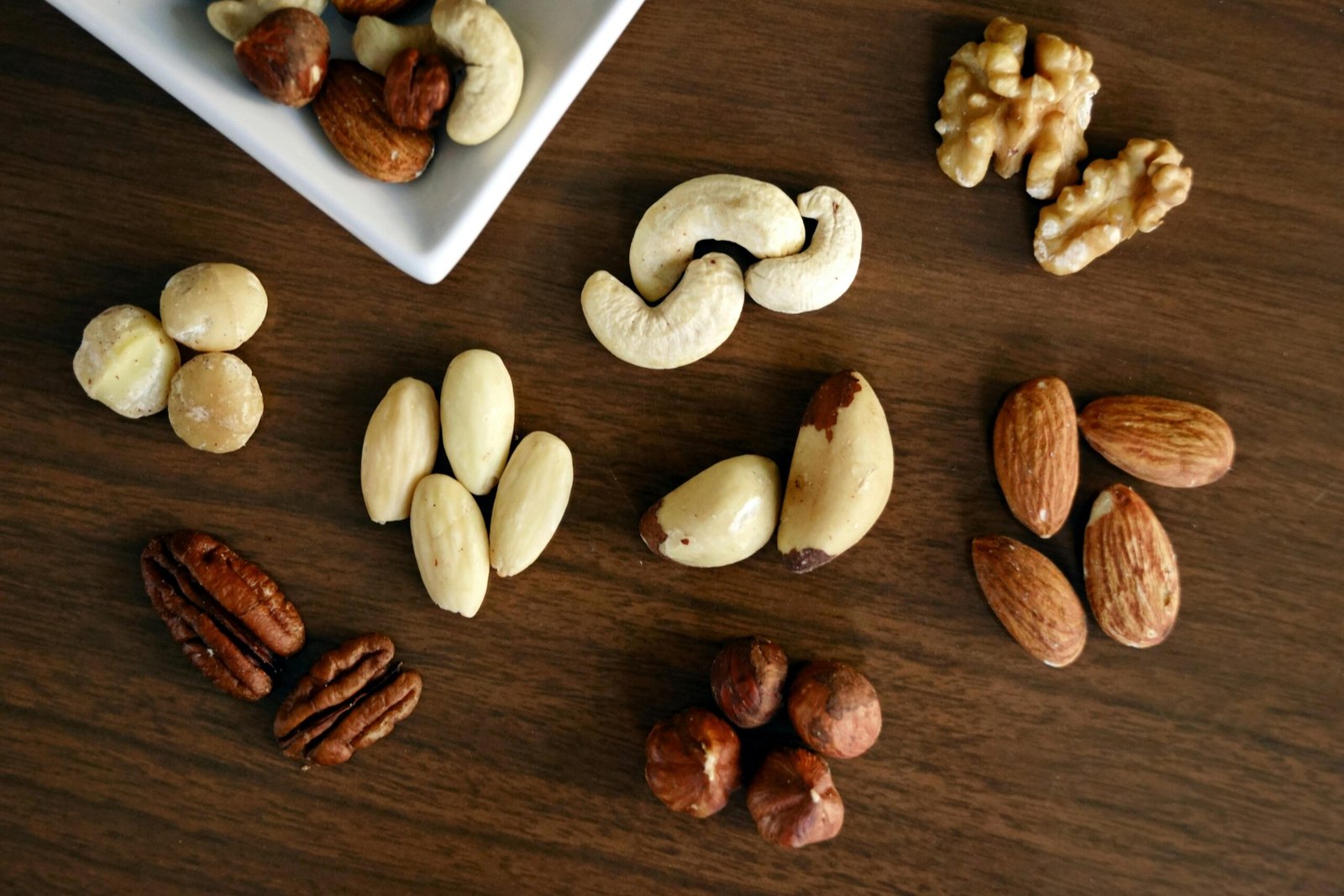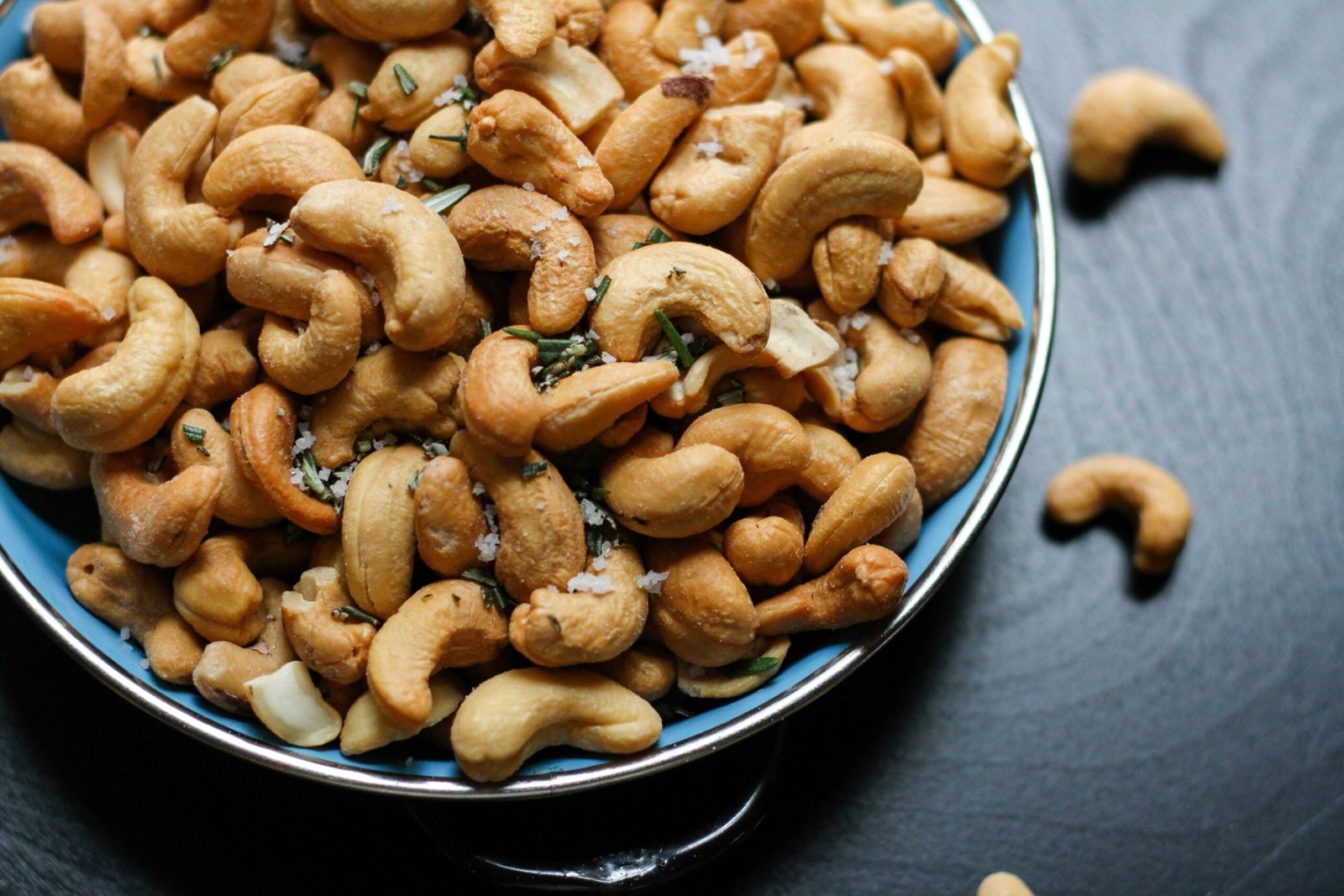Understanding the Vital Role of Fiber in Digestive Health
In the realm of nutrition and digestive health, few components play as crucial a role as fiber. Often hailed as the unsung hero of a balanced diet, fiber is essential for maintaining digestive regularity, promoting gut health, and reducing the risk of various digestive disorders. This article delves into the multifaceted benefits of fiber, its different types, dietary sources, and its profound impact on overall well-being.
The Importance of Fiber:
Fiber, a type of carbohydrate found in plant-based foods, is renowned for its ability to regulate bowel movements and promote digestive health. Unlike other carbohydrates, fiber cannot be broken down by the body’s digestive enzymes, so it passes through the digestive tract largely intact. However, its journey through the digestive system is far from passive; rather, fiber plays an active and indispensable role in maintaining optimal gut function.
Types of Fiber:
Soluble and insoluble fibers are the two primary categories of fiber. Soluble fiber dissolves in water to form a gel-like substance, which helps slow down digestion and aids in nutrient absorption. It’s found in foods such as oats, legumes, fruits, and vegetables. Conversely, insoluble fiber does not dissolve in water and gives the stool more volume, which encourages regular bowel movements and wards off constipation.Whole grains, nuts, seeds, and the skins of fruits and vegetables are rich sources of insoluble fiber.
Digestive Health Benefits of Fiber:
- Promotes Regularity: One of the primary benefits of fiber is its ability to prevent constipation and promote regular bowel movements. Soluble fiber softens the stool by absorbing water, while insoluble fiber adds bulk, making it easier to pass through the intestines. By regulating bowel movements, fiber helps prevent digestive discomfort and maintains overall gut health.
- Supports Gut Microbiota: Fiber serves as fuel for the beneficial bacteria residing in the gut, known as the microbiota. These bacteria ferment fiber in the colon, producing short-chain fatty acids (SCFAs) such as butyrate, acetate, and propionate. SCFAs play a vital role in nourishing the cells lining the colon, reducing inflammation, and maintaining a healthy gut environment. A diverse and thriving microbiota is associated with improved digestive health and a stronger immune system.
- Reduces the Risk of Digestive Disorders: Adequate fiber intake has been linked to a reduced risk of various digestive disorders, including diverticulosis, diverticulitis, hemorrhoids, and colorectal cancer. Insoluble fiber, in particular, helps prevent diverticular disease by promoting regular bowel movements and reducing pressure in the colon. Additionally, a high-fiber diet may lower the risk of colorectal cancer by promoting healthy digestion and minimizing exposure to carcinogens.
- Manages Blood Sugar Levels: Soluble fiber plays a crucial role in regulating blood sugar levels by slowing down the absorption of glucose in the bloodstream. This helps prevent spikes and crashes in blood sugar levels, which are common risk factors for type 2 diabetes. Incorporating fiber-rich foods into meals can improve glycemic control and reduce the risk of insulin resistance and diabetes-related complications.
- Supports Weight Management: Fiber-rich foods are often low in calories and high in volume, making them ideal for promoting satiety and reducing calorie intake. By adding bulk to meals and slowing down digestion, fiber helps prolong feelings of fullness and satisfaction, which can aid in weight management efforts. Additionally, fiber-rich foods tend to be nutrient-dense, providing essential vitamins, minerals, and antioxidants without excess calories.
Incorporating Fiber into Your Diet:
Now that we understand the myriad benefits of fiber, it’s essential to incorporate plenty of fiber-rich foods into your daily diet. Here are some tips for boosting your fiber intake:
- Eat Plenty of Fruits and Vegetables: Aim to include a variety of fruits and vegetables in your meals and snacks. Berries, apples, oranges, bananas, broccoli, spinach, carrots, and sweet potatoes are excellent sources of fiber.
- Choose Whole Grains: Opt for whole grains such as oats, quinoa, brown rice, barley, and whole wheat bread and pasta. These grains contain more fiber and nutrients than refined grains, which have been stripped of their bran and germ during processing.
- Incorporate Legumes and Pulses: Beans, lentils, chickpeas, and other legumes are rich sources of both soluble and insoluble fiber. Add them to soups, salads, stir-fries, and stews for a fiber boost.
- Snack on Nuts and Seeds: Almonds, walnuts, chia seeds, flaxseeds, and pumpkin seeds are packed with fiber, protein, and healthy fats. Enjoy them as a snack or sprinkle them on top of yogurt, oatmeal, or salads.
- Read Food Labels: When shopping for packaged foods, check the nutrition labels for fiber content. Choose products with higher fiber content and minimal added sugars and refined grains.
- Increase Fiber Intake Gradually: To prevent digestive discomfort such as bloating and gas, gradually increase your fiber intake and drink plenty of water to help fiber move smoothly through the digestive tract.
Fiber plays a fundamental role in promoting digestive health, supporting gut microbiota, reducing the risk of digestive disorders, managing blood sugar levels, and aiding in weight management. By incorporating fiber-rich foods into your diet, you can enjoy a myriad of health benefits and support overall well-being. Whether you prefer fruits, vegetables, whole grains, legumes, or nuts and seeds, there are countless delicious and nutritious ways to boost your fiber intake and nurture your gut. Embrace the power of fiber and reap the rewards of a happy and healthy digestive system.




